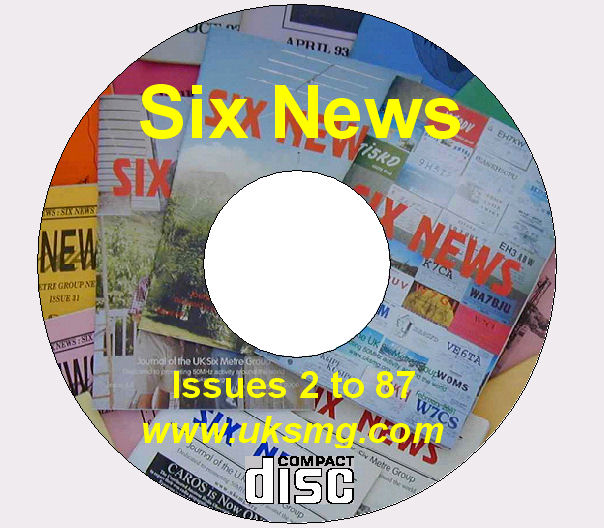

home > archive > how to work 6m DX > working pile-ups and CQing on .110!

Thanks to all of our authors since 1982!
|
working
pile-ups and CQing on .110! |
|
|
What do we need to achieve in a 'working a pileup? I think there are only two principal goals to aim at that will help you work the DX quickly and effectively while not upsetting the other co-callers. These are:
OK let's take a look at how we can meet these two goals while achieving the object of getting the DX into your 6M log.
I have concentrated here on co-channel SSB pileups as these cause the most problems on 6M. CW pileups do exist but they are more easily managed. Remember, be quick and concise as there are possibly hundreds of other 6M enthusiasts tearing their hair out with frustration calling! Remember them! I also have no idea what is the best way to handle pileups such as that with XX9JN, where he was having great difficulties picking callsigns out and taking what seemed an eternity to come back to anybody. CQing on .110 - a Controversial SubjectNow for a more difficult subject. There has been more problems, raised voices, and strong letters on this subject than any other I think over the last couple of years. So, what is the problem here, indeed, is there a problem at all? The old thorn in the side was more a question of band planning. 110 was, and is, allocated as the intercontinental call frequency and it has always been questionable to work European stuff on, or near this frequency. However, I'm a pragmatist, not a policeman, and when there is NO intercontinental DX to be seen I have often worked European stuff on this frequency - come on haven’t we all - often? This in itself is not the major cause of concern though. If there is no intercontinental DX then calling is probably OK and nobody bothers or gets upset. As we have all learnt to our irritation, 6M is a tremendously selective band from a propagation point of view. One station can be hearing DX while another station a few miles away may not be hearing a thing. For example there may be African DX into the south coast of the UK but nothing 50 miles to the north. This has nothing to do with being well equipped with stacked aerials at 100 feet - they don’t help if propagation is not reaching you. What it does mean is that just because you are not hearing anything you cannot assume there is no DX on 110 for somebody. What makes the situation worse is that most stations do not call CQ unless they think there is a chance of DX contacts and this is precisely the time when there probably is for someone else nearby or in another part of the country. If this is the situation there are many stations probably listening to short bursts from possibly South America, Africa or Australia just waiting for signals to improve in strength to allow identification of the DX station and create an opportunity to call. Calling CQ at this point is surely tempting fate! But this scenario is occurring more and more. It is not a question of the better equipped stations hearing more than a more modestly equipped station (although it sometimes is) is it much more to do with selective propagation. So the question to ask yourself is - how do I know when is the right time to call CQ on 110 if at all?' I have no pat answers to this, I can only tell you how I try and handle it..
I'm sure that you all have views on the controversial matters discussed in this short article, why not write to SIX NEWS and let know what they are?
|
guide to MS operating
MS CW test notes
living with interference
RU new to 6m?
QSLing tips
Eu to Au via short path
managing 6m pileups
DXpedition to Jordan
beginners guide to 6m
1997 bandplan survey
UK 6m repeater network
MS DX on a dead band
GD to K6 by EME
my 1st 6m QSO
a little help from my friends
50MHz
as was, is and will be?
1998 DXpedition to Lebanon
UK 6m repeater network '98
the band plan
TL5A, Central Africa
intercontinental window
beginners guide to MS